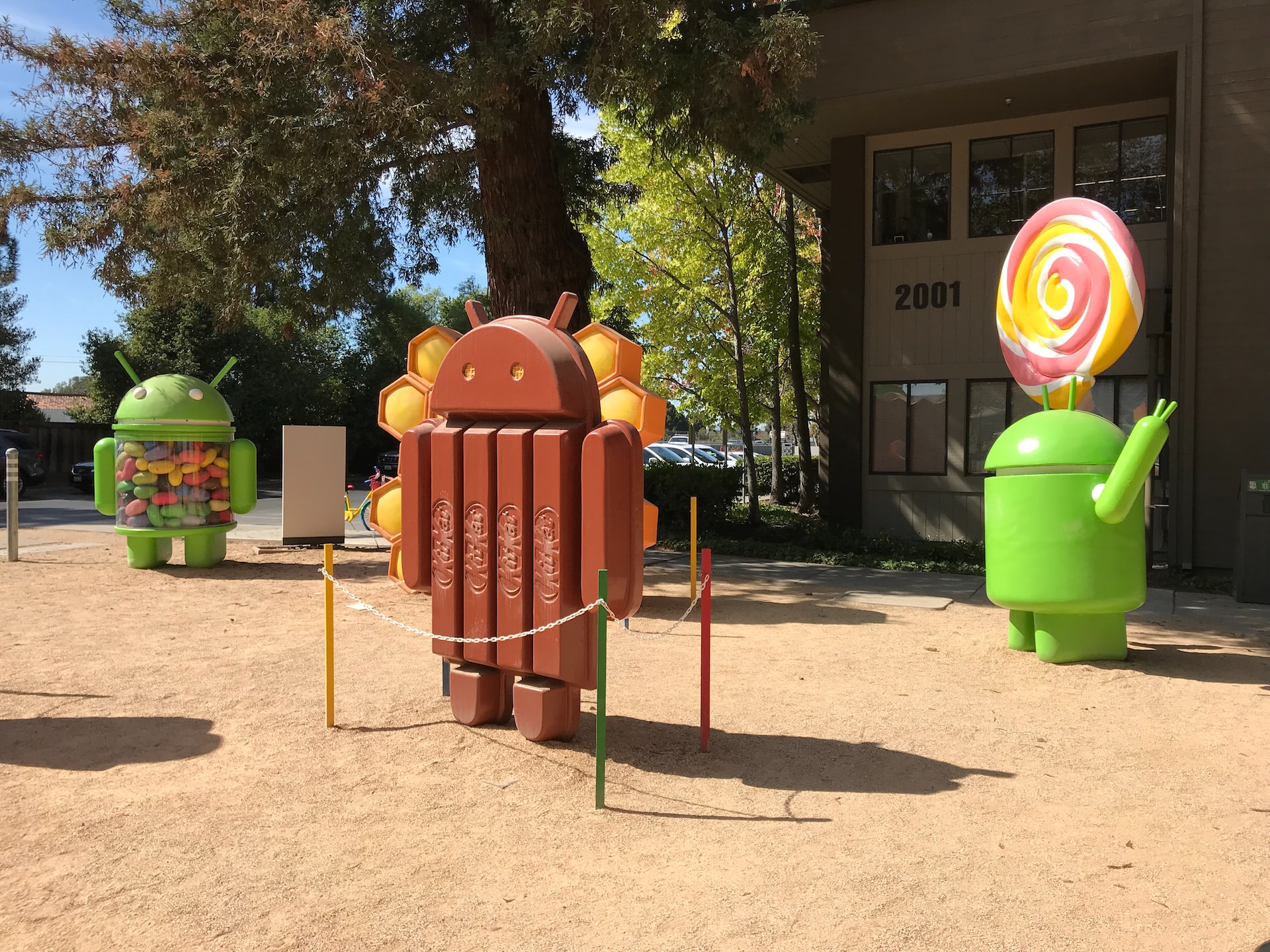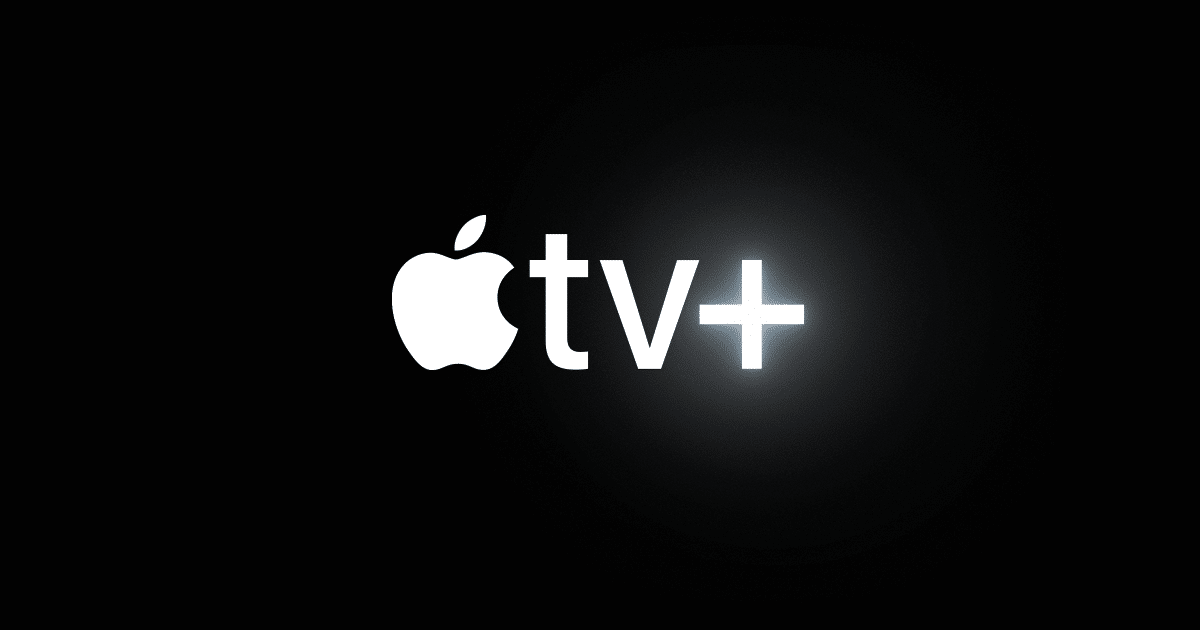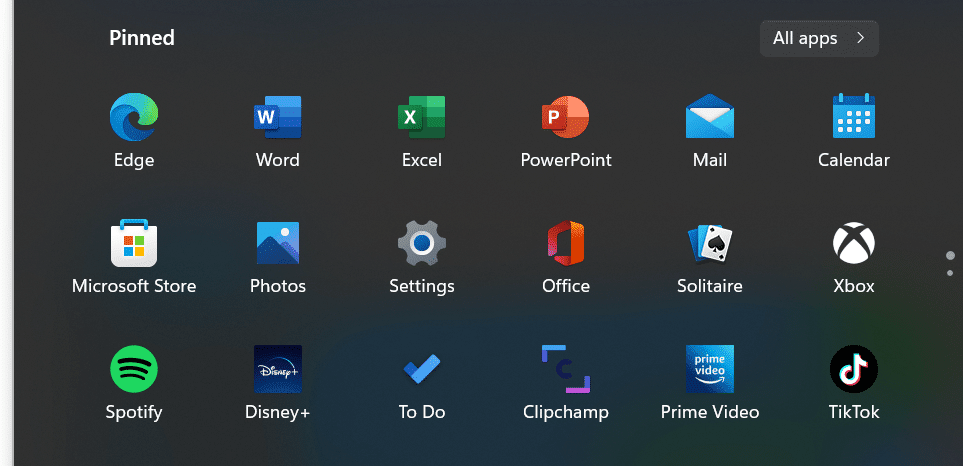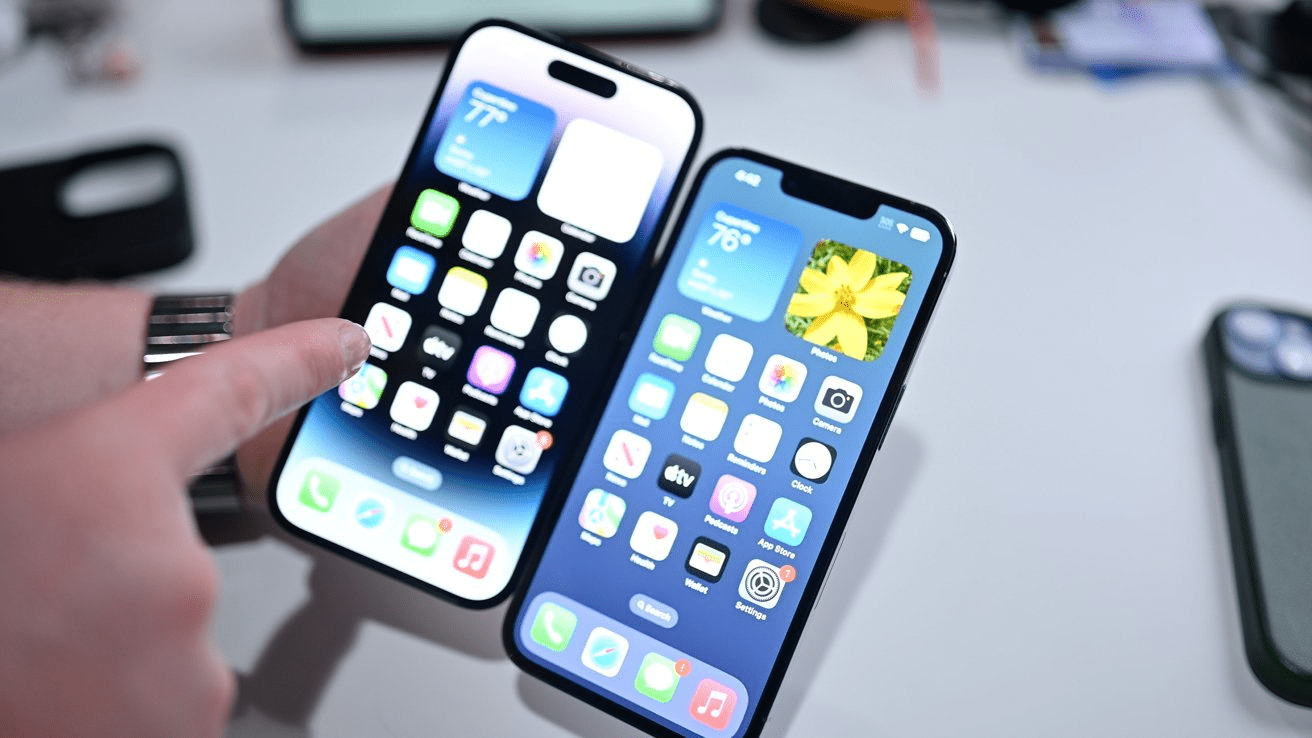Android is a mobile operating system by Google. It drives smartphones, tablets, and television, among other smart devices. Android is based on Linux system and it supports touchscreen as the major input. The user swipes, taps, and holds to go through the apps and menus. Android is used to operate most of the modern mobile brands. It is flexible to the users and developers.
Open Source Foundation
Android is an open-source software that is founded on Android Open Source Project. This allows the manufacturers to tailor the system to various devices. Android versions with distinctive features are created by such companies as Samsung, Xiaomi, and Motorola. Android is also customized by developers to research, custom ROMs or education. The open architecture promotes hardware and software innovation.
Google Integration
Android is integrated with Google services. Data syncing is done through a Google account. Gmail, Google Maps, Drive and YouTube work well in the system. Contacts, calendar events and photos are synced on signed-in devices. Google Assistant answers voice requests and inquiries. Search features are also accessed by the users through the home screen.
App Ecosystem
Google play store offers access to millions of Android applications. They are games, tools, education, and social media. Apps are installed by a couple of taps. They are updated automatically. There are apps that can be used offline and some require internet. Android allows third-party store or APK file installation. All the apps are sandboxed.
Customization Options
Android has a lot of customization. Users switch wallpapers, themes and icon arrangements. Widgets display weather, battery status or calendar notifications on the home screen. Sound, vibration, or silent options are available in notification controls. You are able to change keyboards, launchers or button layouts. The phone manufacturers include various settings and themes to make them more flexible.
Multitasking and Interface
Android allows multitasking using split-screen and fast switching of applications. Recent apps are seen by swiping up or by clicking a button. Other versions have picture-in-picture of videos or maps. The interface is responsive to the size and orientation of the screen. Foldable phones and tablets receive modified layouts. Android also has stylus and keyboard shortcuts.
Security and Updates
Android is patched by Google every month. These patches are bug-fixes and enhance security. Patches are provided to phones in the form of system or manufacturer updates. There are devices that are updated automatically in the background. Android has such functions as screen locks, permission to applications, and encryption. Google Play Protect checks apps against malware on a regular basis. Biometric log in provides additional protection to the device.
Device Types
Android is used on phones, tablets, smartwatches, TVs, and cars. Android TV is a streaming application that is compatible with smart TVs. Android smartwatches with fitness and notification support are powered by Wear OS. Android Auto is an application that operates apps such as Maps and Spotify in compatible cars. All devices have the same base system with minor interface alterations. The versions are optimized to their form factor.
Versions and Evolution
Android releases are numbered and have names that are dessert-themed. Earlier ones are Jelly Bean, KitKat, and Lollipop. The newer ones are number-only, such as Android 10, 11, and 12. With every release, new features and performance are added. Material You and system-wide themes are also updated in the design by Google. Each major release comes with new tools used by the developers.
Everyday Use
Android is used in making calls, messaging, browsing and entertainment. It has Wi-Fi, Bluetooth and mobile data connection to the internet. It has in-built camera, file manager and voice recorder. The system supports cloud backup and local file transfer. Android is used by casual users, students, workers and developers. It has a lot of language and accessibility support.



